Starting a dental clinic is a significant step, and one of the first major decisions is whether to set up a squat dental practice or purchase an existing clinic. Both options have their advantages and challenges that can greatly impact your clinic’s future success. This guide explores the pros and cons of each path to help you determine which is best suited to your personal goals, risk tolerance, and long-term vision for your dental practice. Whether you prefer starting from scratch or taking over an established business, understanding the key factors will set you up for success.
Understanding Squat Practices
A squat dental practice refers to starting a clinic from scratch. This means selecting a location, designing the dental clinic interior, purchasing equipment, hiring staff, and attracting patients. While this approach offers full control over the business, it also comes with the challenge of building a reputation from the ground up.
Pros of a Squat Practice
- Full Control: You have the freedom to shape the clinic’s branding, services, and operational processes according to your vision.
- Modern Design & Technology: Starting fresh means you can integrate the latest dental clinic interior design trends and advanced equipment right from the beginning.
- Flexible Location: You can choose a location with high demand and low competition, giving you the chance to strategically position your practice for growth.
- Long-Term Growth Potential: Without inheriting any past business issues, you have the ability to scale your practice over time based on your success.
Challenges of a Squat Practice
- High Initial Investment: Establishing a new clinic requires substantial upfront costs, including property leases, renovations, equipment purchases, and marketing efforts.
- Time-Consuming: It will take time to build your reputation and establish a loyal patient base, which can delay your revenue stream.
- Regulatory Hurdles: Navigating the complex process of obtaining the necessary licenses and meeting compliance requirements can be challenging and time-consuming.
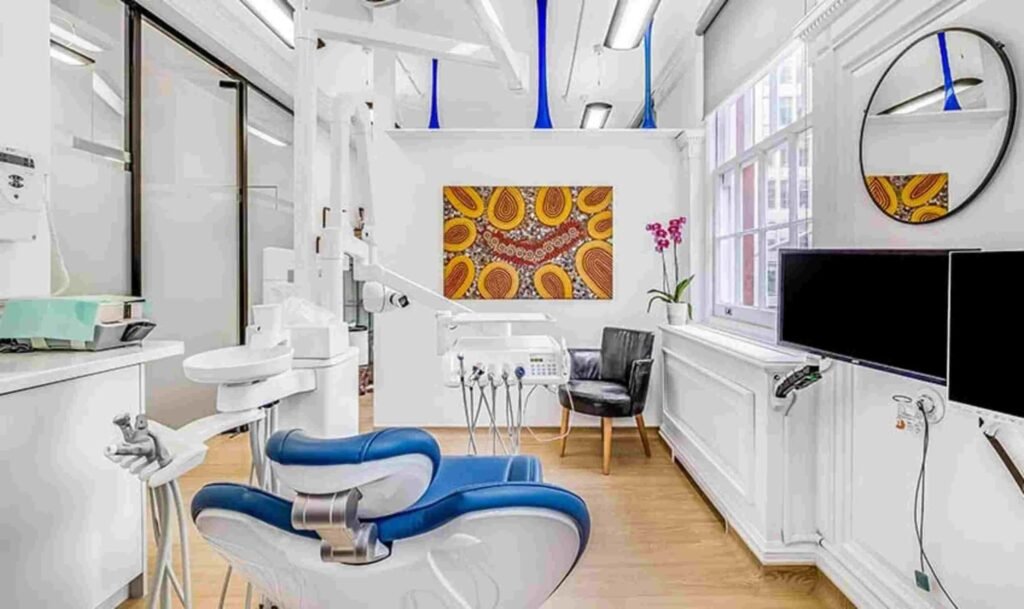
Buying an Existing Clinic – What It Entails
Purchasing an established dental practice involves taking over the operations of an already functional clinic. This includes inheriting an established patient base, equipment, and the clinic’s brand identity. While this option offers certain advantages, it may also come with some potential challenges.
Pros of Buying an Existing Clinic
- Instant Patient Base: One of the key benefits of buying an existing clinic is inheriting an established client list, which means there’s no need to start from scratch when it comes to patient acquisition.
- Immediate Revenue Stream: The practice is already operational, so you start generating income from day one, unlike a squat practice where you’ll have to wait until you build up your patient base.
- Trained Staff in Place: An established clinic often comes with experienced staff, meaning you don’t have to go through the hiring and training process immediately.
- Proven Location Success: Since the clinic is already operational in its location, you know it has a track record of success in that area, making it a safer investment.
Challenges of Buying an Existing Clinic
- Limited Flexibility in Branding: You may face difficulties in changing the clinic’s image or marketing strategies, especially if the previous brand was well-established.
- Potential Hidden Liabilities: Purchasing an existing clinic comes with the risk of inheriting previous debts, outdated equipment, or troublesome lease agreements.
- Adapting to a Pre-Existing Culture: You may encounter challenges in adjusting to the clinic’s established operational culture or managing the existing staff’s expectations and practices.
Comparison of Squat Practice vs. Existing Clinic
Deciding between starting a squat dental practice or acquiring an existing clinic involves several financial, operational, and legal considerations. Both options come with unique challenges and benefits, from investment costs to patient acquisition strategies. The table below provides a comprehensive comparison to help you make an informed decision.
| Aspect | Squat Practice | Existing Clinic |
| Upfront Investment | Requires significant costs for property, interior design, equipment, staff recruitment, and marketing. | Costs include purchase price, legal fees, and necessary upgrades or refurbishments. |
| Return on Investment (ROI) | High long-term growth potential, but it takes time to break even and generate profit. | Faster ROI as the clinic already has an established patient base. |
| Financing Options | Requires business loans, partnerships, or grants, along with a strong business plan. | Business loans or private investors are common financing sources. |
| Starting Fresh vs. Transitioning | Complete creative freedom but requires careful planning for workflow and patient acquisition. | Established workflows, but may require rebranding and system adjustments. |
| Staffing Considerations | Requires recruitment and training of a new team. | Existing staff is in place, though cultural adjustments may be needed. |
| Location & Setup | Flexibility to choose an ideal location based on market demand. | Inherits an established location, which may or may not be ideal. |
| Technology & Equipment | Investment in the latest technology for better efficiency and patient experience. | Existing equipment may require costly upgrades. |
| Marketing & Patient Acquisition | Requires a strong digital strategy and community outreach to build a patient base. | Focus on rebranding, modernising interiors, and patient retention. |
| Legal & Regulatory Factors | Registration, licences, insurance, and compliance with healthcare regulations. | Legal due diligence is required for lease agreements, patient records, and liabilities. |
Both squat practices and existing clinics have their advantages, depending on your financial capacity, risk tolerance, and long-term vision. Careful planning, market research, and strategic execution are essential for success in either approach, ensuring a profitable and sustainable dental practice.
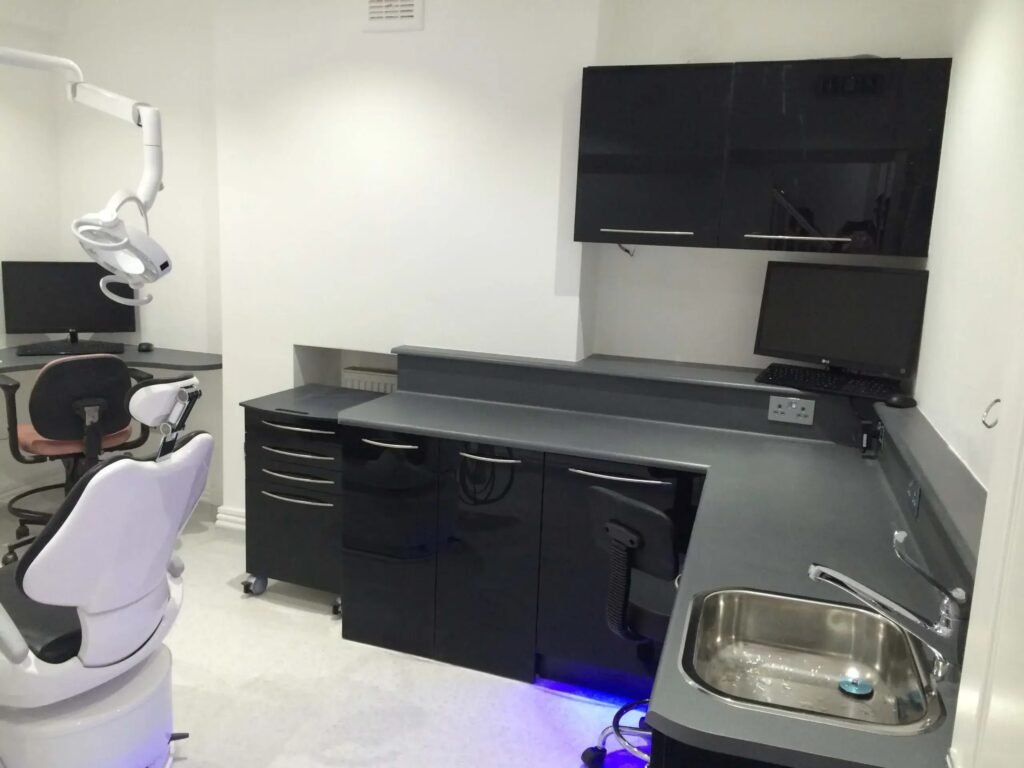
Which Option is Right for You?
Personality & Risk Tolerance
- If you enjoy entrepreneurial challenges and want full control over your clinic’s future, a squat dental practice may be the right choice.
- If you prefer stability and a more predictable revenue stream, purchasing an existing clinic might suit your style.
Short-Term vs. Long-Term Goals
- Squat practices require patience and long-term investment, offering greater autonomy and potential for growth.
- Existing clinics provide quicker returns and a smoother transition but come with certain limitations in flexibility.
Financial Stability & Support System
- A squat dental practice requires substantial financial backing and a well-planned strategy before it becomes profitable.
- An existing clinic offers more immediate cash flow, making it a less risky option financially.
Work-Life Balance
- Building a squat dental practice requires significant effort and long hours, particularly in the early stages.
- Purchasing an existing clinic allows for a smoother transition into business ownership, offering a better work-life balance initially.
Conclusion
Choosing between a squat dental practice and buying an existing clinic depends on your financial situation, risk tolerance, and long-term business goals. If you value control and creativity, a squat practice offers a rewarding but challenging journey. However, if you seek immediate returns and an established patient base, buying an existing clinic is a more straightforward path. Regardless of your choice, dental clinic interior design plays a crucial role in creating a welcoming environment that will attract and retain patients. For expert guidance on designing your clinic, Divo Interiors LTD can help you create a modern and functional space that enhances your practice’s success.


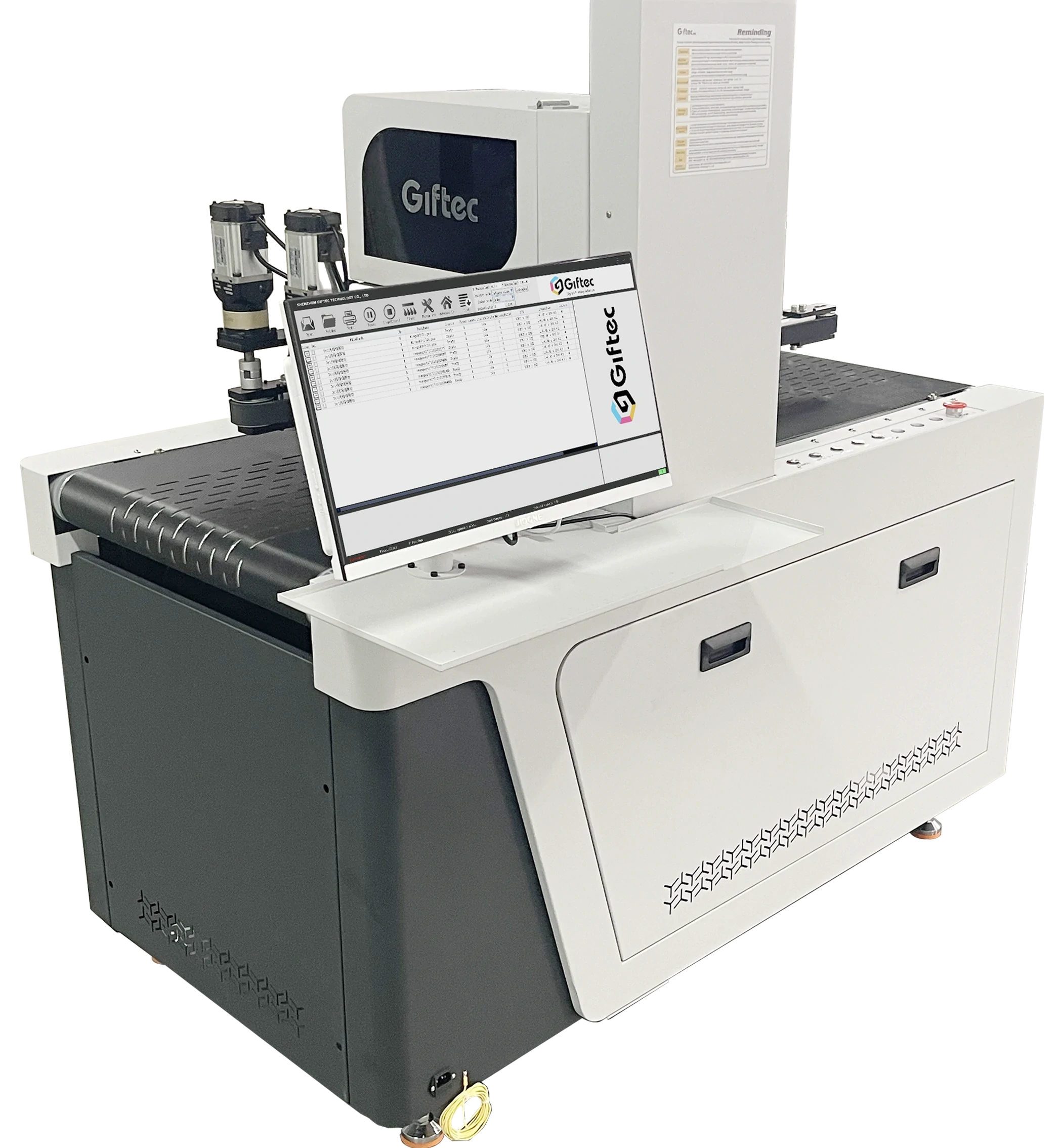
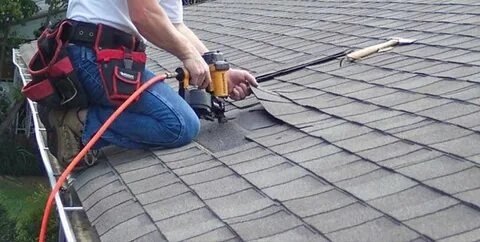
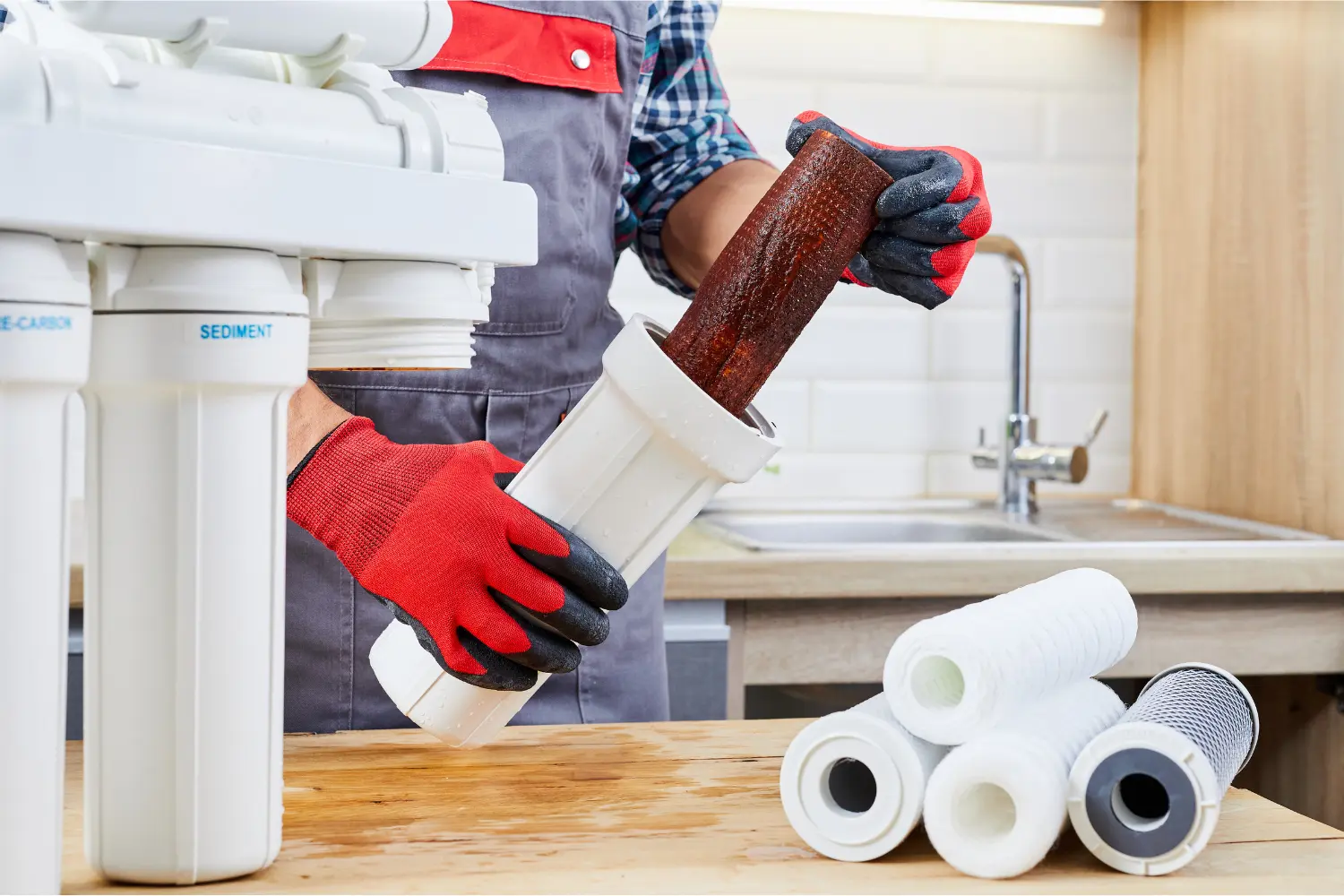







Leave a Reply